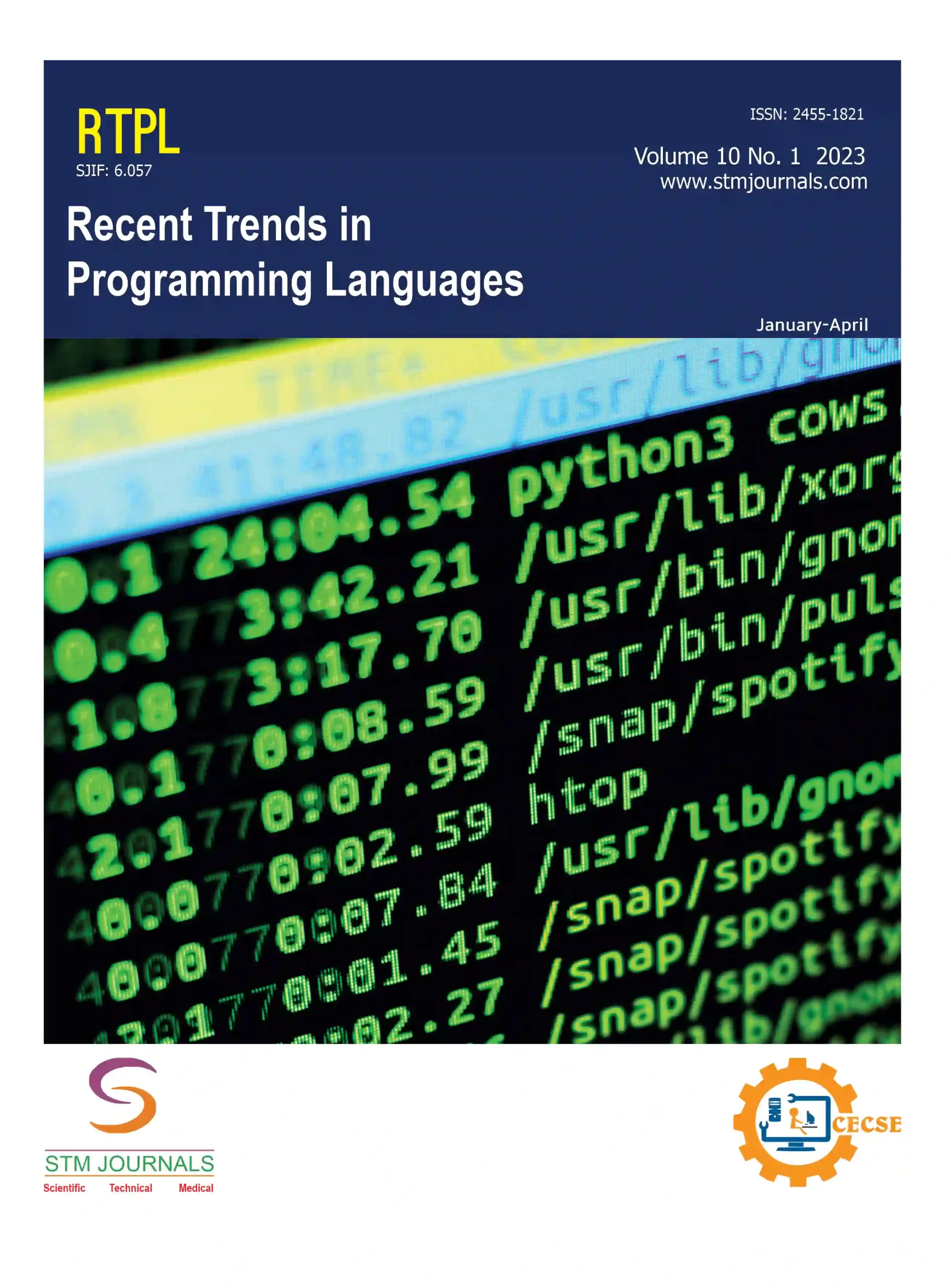
Yash Tyagi,

Neha Yadav,
- Research Scholar MCA, Thakur Institute of Management Studies, Career Development & Research (TIMSCDR), Mumbai Maharashtra India
- Research Scholar MCA, Thakur Institute of Management Studies, Career Development & Research (TIMSCDR), Mumbai Maharashtra India
Abstract
In this research work, we studied data analysis using the Python programming language. The fundamental steps in data analysis, such as cleansing, converting, and modelling of data is briefly explained in this study. In order to come up with good results, data analysis is required. Python has been used by us for data analysis. This language is interactive, interpreted, and follows an object-oriented programming paradigm. It is open source and comes with a variety of libraries, including MAT plotlib, Seaborn, and Pandas. In this study, we focus primarily on the insights that might be discovered through exploratory data analysis of an existing dataset. The data from the dataset will be analysed graphically using various Python libraries and functions. The “World Population” dataset is used in this analysis to examine and extract different data in both numerical and visual form.
Keywords: Data analysis, exploratory data analysis, Pandas, Seaborn, matplotlib
[This article belongs to Recent Trends in Programming languages(rtpl)]
References
- Adelman Irwin. An Econometric Analysis of Population Growth. Am Econ Rev. 1963 Jun; 53(3): 314–339.
- Sahoo K, Samal AK, Pramanik J, Pani SK. Exploratory Data Analysis Using Python. International Journal of Innovative Technology and Exploring Engineering (IJITEE). 2019 Oct; 8(12): 4727–4735.
- McKinney Python for Data Analysis: Data Wrangling with Pandas, NumPy, and IPython. O’Reilly Media, Inc. in 2012. https://wesmckinney.com/book/
- Idris Ivan. Python Data Analysis. Packt Publishing Ltd. United Kingdom; 2014 Oct 28.
- Kapitza SP. The phenomenological theory of world population growth. Physics-Uspekhi. 1996;39:57–71. doi: 10.1070/PU1996v039n01ABEH000127.
- Jackson L. Scripting Solutions: Python at Your Service. [Online]. Hire Python Developer. 2023. Available from: https://hirepythondeveloper.com/python-scripting-solutions/
- American Institute of CPAs. (2024). Justin Beals. Aicpa [Online]. Available from: https://aicpaconferences.com/b/sp/justin-beals-58305
- Arif Z. (2023 Aug 23). Building the Future with Supervised Learning: Unleashing the Potential of Labeled Data. [Online]. Medium. Available from: https://medium.com/@mr-zeeshan-arif/building-the-future-with-supervised-learning-unleashing-the-potential-of-labeled-data-3f10624ca48f
- Bologna M, Aquino G. Deforestation and world population sustainability: a quantitative analysis. Sci Rep. 2020 May 6; 10(1): 7631.
- Gerland P, Raftery AE, Ševčíková H, Li N, Gu D, Spoorenberg T, Alkema L, Fosdick BK, Chunn J, Lalic N, Bay G. World population stabilization unlikely this century. Science. 2014 Oct 10; 346(6206): 234–7.

Recent Trends in Programming languages
| Volume | 11 |
| Issue | 01 |
| Received | February 29, 2024 |
| Accepted | April 3, 2024 |
| Published | April 4, 2024 |

